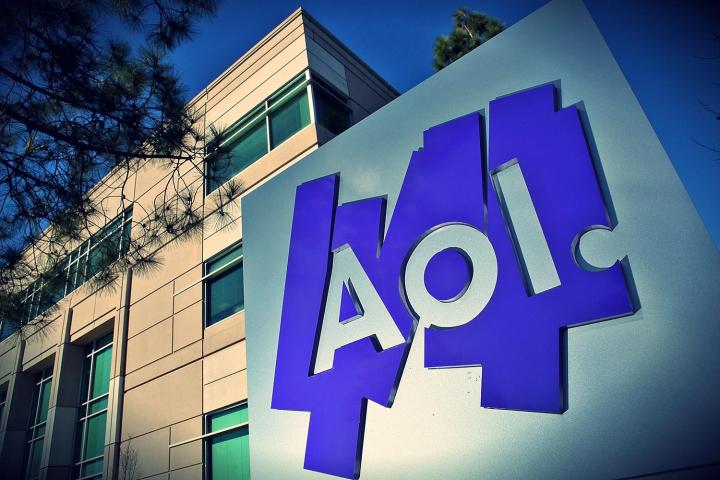
The striking number was found in AOL’s earnings report for the first quarter of 2015, which was published Friday. It’s a startling reminder: More than 2.1 million Americans are still paying about $20 per month for Internet access at the leisurely speed of 56 kilobits per second. For someone on a 56kbps connection, it would take longer than five minutes to load an average Web page, which is about 2.1 megabytes, according to the HTTP Archive.
AOL’s earnings report notes that the 2.1 million figure includes “subscribers participating in introductory free-trial periods and subscribers that are paying no monthly fees or reduced monthly fees through member service and retention programs.” In the first quarter of 2015, the average revenue per user was $20.83.
The number of AOL’s dial-up customers is declining, albeit at a slow pace. In the first quarter of 2014, AOL had more than 2.4 million dial-up customers, and in the fourth quarter of 2014 the company had 2.2 million dial-up customers.
A 2013 Pew Internet Project report found that 70 percent of Americans actually had broadband at home. About 80 percent of U.S. homes have access to broadband connections that deliver download speeds of 25Mbps or faster, according to remarks from FCC Chairman Tom Wheeler in September.
Even if dial-up users switched to good old U.S. broadband, they’d experience speeds that trail those in many countries around the world. The U.S. ranked No. 16 in the world with an average broadband speed of 11.1Mbps in the fourth quarter of 2014, according to Akamai.
A 2008 report from the Pew Internet & American Life Project found that 62 percent of dial-up users simply weren’t interested in switching to broadband. Of this group, 35 percent said lower prices would compel them to make the switch, while 14 percent said broadband would have to be available where they live.


